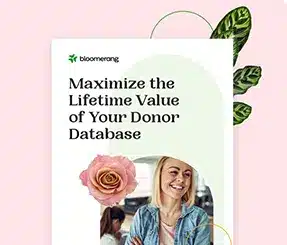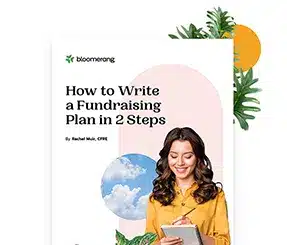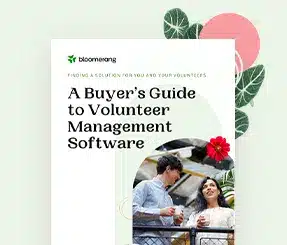How To Facilitate The Discovery Step Of The Donor-Centered Approach


Full Platform Overview Chat With Us



Full Platform Overview Chat With Us




The most effective type of donor cultivation is a donor-centered approach. In this donor-centered approach, nonprofits seek to discover as much as they can about the potential donor. It’s not wise to rush the discovery process. Like an onion, it needs to be peeled one layer at a time. So, be patient! There are certain things that must take place:
The discovery step comes through a series of donor meetings. For these meetings to be successful, you must ensure that you cover all the bases with potential donors.
It is important to plan a strategy for each meeting interaction.
The goal of the first meeting is to open the relationship. This step enables you to build rapport and establishes expectations for a positive outcome. It is often begun in public or nonprofit visits where the donor feels less vulnerable. Learning about and relating to their interests will open the door to discovery.
The next meeting should move from a public visit to a nonprofit visit to a personal visit. Visits with a donor in their home indicate a level of closeness to the nonprofit and often take months to achieve. It is okay if you never make it to their home. Office visits are just as personal. In an office visit, you can pick up a lot of clues about donors such as where they attended college, some of their hobbies, family dynamics, etc.
Location is less important. The focus is getting to know the donor through a series of discovery questions that you’ll ask with the donor’s permission, of course.
With the right set of donor discovery questions, you will be able to determine the donor’s needs. Your goal is to find out what’s important to them, including:
It is critical that you capture the information gained from discovery…whatever that may be.
Remember people do things for their own reasons.
To solve the donor’s problems and achieve their goals, you use your knowledge of the donor’s emotional needs and their requirements, combined with the information you have about your nonprofit and the solutions available.
Do not present any solutions or programs until you have an idea of what the donor wants.
As Steven R. Covey said, “Seek first to understand, then to be understood.”
The questioning techniques should include:
Open Questions — they lead the way to new territory and keep the conversation going:
Examples:
One-Word Questions — or short phrases are amazingly effective ways to get a deeper understanding.
Examples:
Closed Questions — ask for very specific information. They restrict the possible answers. They are questions that can be answered with just a few words, usually yes or no. Questions that imply multiple-choice answers are also classified as closed. These should be used sparingly during donor meetings.
Counterintuitive Questions — this is a special type of question used to change the direction of the discussion. It can be used in situations where there is pressure, and you are encountering a barrier to move forwards.
Examples:
With a donor-centered approach, it takes time to build relationships and get to know your donors. Don’t forget to share the information with your team and ensure that have access. A best practice is to record the details of your conversation in your donor database or nonprofit CRM.
If we want donors to understand us, we have to start by understanding them. This eBook will review some great donor discovery steps, best practices, and questions you should ask to build rapport with and understand your donors with a donor-centered approach.

Comments
Sabrina Walker Hernandez
Phyllis Holton